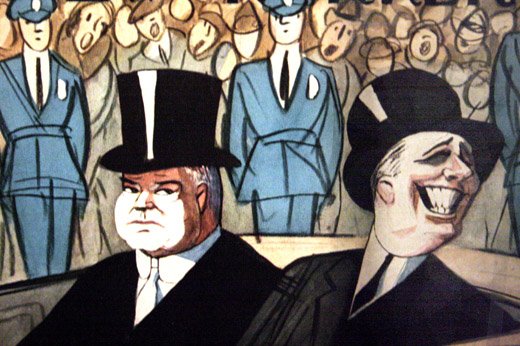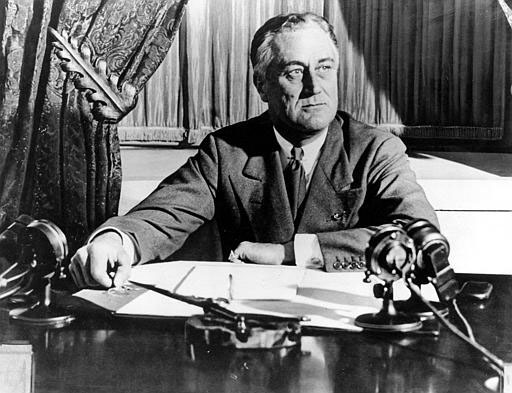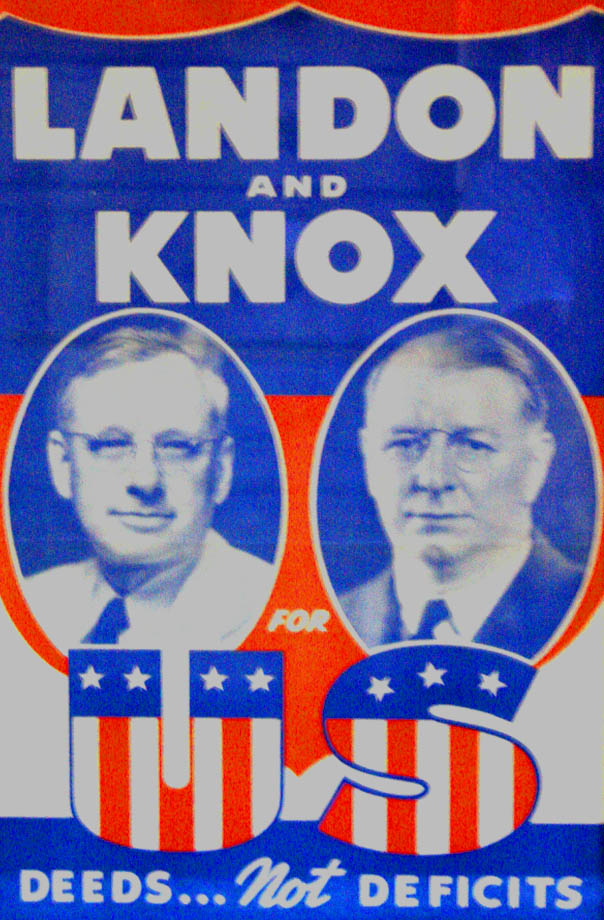FDR's Cigarette Dispenser
 Wednesday, March 2, 2011 at 10:20AM
Wednesday, March 2, 2011 at 10:20AM After he became paralyzed from the waist down, Franklin Roosevelt took residence in Warm Springs Georgia where he tried to reverse the debilitating effects of polio. While there, he designed a mechanical system of levers and pulleys to be installed into his Ford, allowing him to drive the car without the use of his legs. The vehicle functioned well, allowing FDR to drive again -- a pass-time he enjoyed thoroughly, despite a history of being quite hazardous on the road. Knobs on the dash allowed him to accelerate and brake, but an additional device allowed him to enjoy his other favorite pass-time: smoking cigarettes.
The device next to FDR's steering wheel in the pictures below actually dispensed pre-lit cigarettes -- no need to fumble for matches or a lighter:
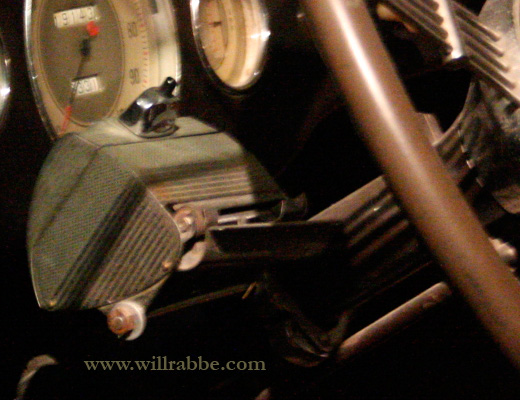
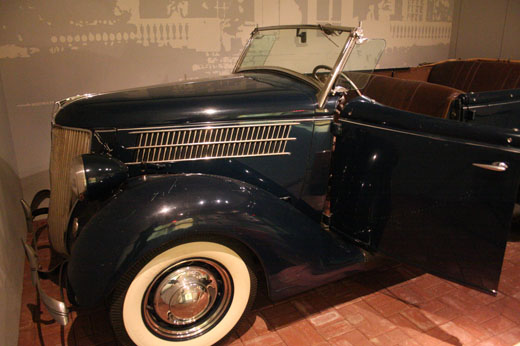
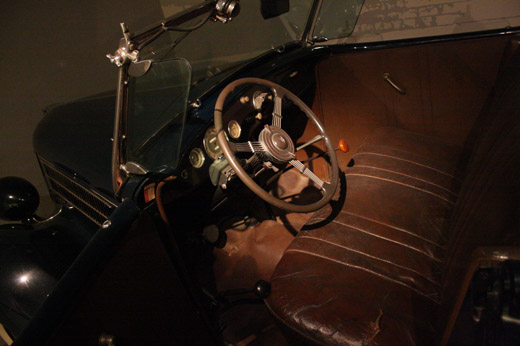
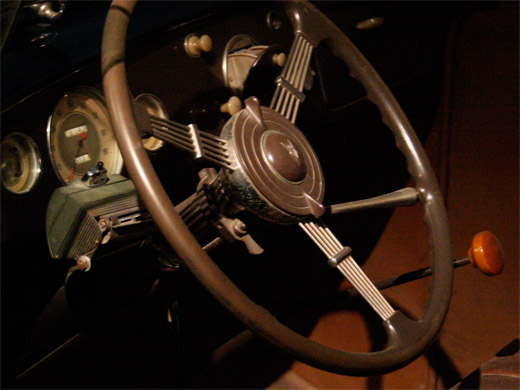
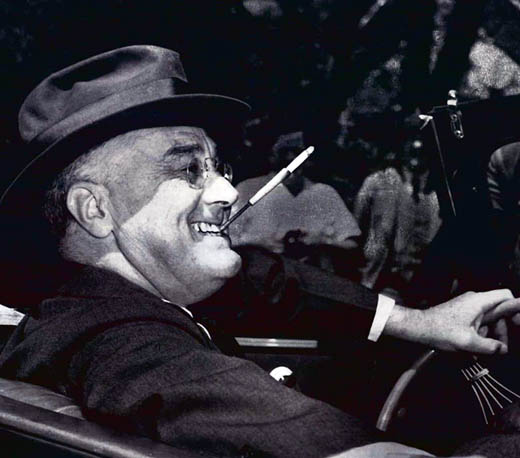
 Cigarette,
Cigarette,  Cigarette Dispenser,
Cigarette Dispenser,  Driving,
Driving,  FDR,
FDR,  Ford
Ford 

